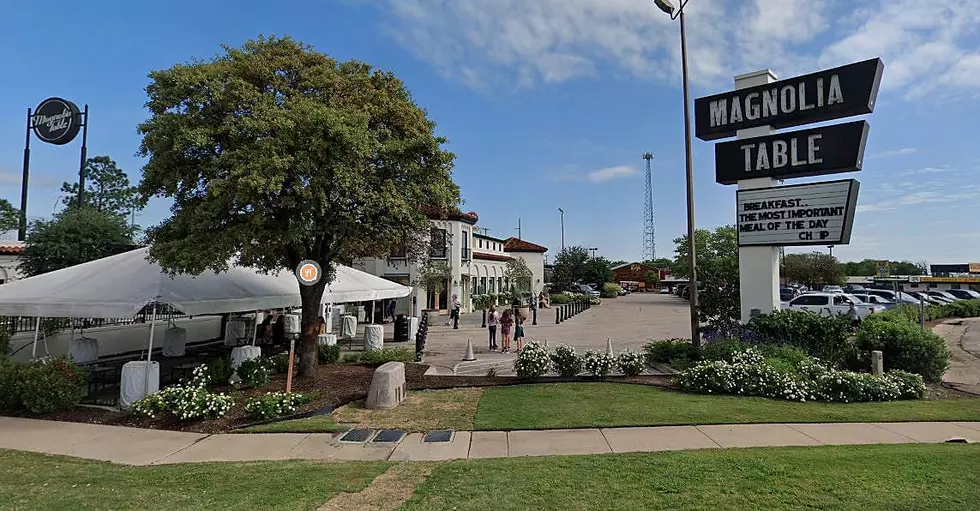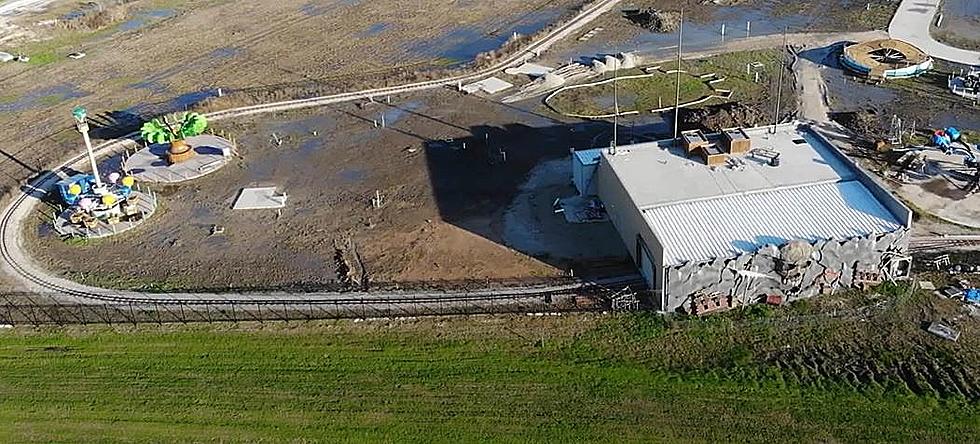
How You Can Help Save a Child From Heatstroke
All too often we hear about parents or relatives leaving their babies or toddlers in vehicles and bad things happening. As the soon-to-be mother of a newborn, and living in West Texas where the heat can be unbearable for even an adult, I felt the need to share some info on preventative measures we can all take to keep our babies safe during the summertime.
The death of a baby boy in Corpus Christi (the link to the story is http://www.kristv.com/news/officials-release-name-of-child-found-dead-in-hot-truck/) is showing we don't have to see triple digit temperatures for it to get dangerously hot in our cars for our children.
According to local reports, 1-year-old Noah Tamez died after being stuck inside his uncle's truck for about five hours.
The uncle discovered the boy was in the truck only after roofers asked him to move his truck so they could start a project.
Heatstroke happens when your body can't cool itself fast enough and your temperature reaches dangerous levels. The symptoms can include feeling dizzy, confused, not sweating, losing consciousness and seizures.
Children are at a high risk for heatstroke because their body can heat up three to fives times faster than an adult's. When the body's temperature reaches 104 degrees, internal organs shut down. At 107 degrees, the child can die.
Even on cloudy days, the temperature inside your car can heat up by 19 degrees in just 10 minutes. That means if it's 80 degrees outside, the inside of your car or truck can skyrocket past 100 degrees in no time and cracking the window does not help keep the inside cool.
The best way to avoid such a tragedy like the one in South Texas is never leave your child alone in a car. It may be a hassle to get your child in an out of a carseat, but that extra time to take them into the store can save their life.
As busy as we are these days, it can and does happen when parents forget they have children in the backseat. That's why Safe Kids Worldwide wants everyone to ACT.
- A: Avoid heatstroke-related injury and death by never leaving your child alone in a car, not even for a minute. And make sure to keep your car locked when you’re not in it so kids don’t get in on their own.
- C: Create reminders by putting something in the back of your car next to your child such as a briefcase, a purse or a cell phone that is needed at your final destination. This is especially important if you’re not following your normal routine.
- T: Take action. If you see a child alone in a car, call 911. Emergency personnel want you to call. They are trained to respond to these situations. One call could save a life.
If you see a child alone in a car, call 911 immediately. Wait by the vehicle so EMS can find you quickly. EMS personnel are trained to assess a situation and determine if the child is in danger. If you determine from outside the car that the childis severely impaired from outside the car, alert the 911 operator and follow directions. You may have to provide bystander care and remove the child from the car. 911 may direct you to slowly cool and lower the body temperature by using acool water mist or wipes until help arrives.
Additional prevention information can be found at www.safekids.org/heatstroke, and statistics on child heatstroke deaths can be found at www.ggweather.com/heat.
More From B93









